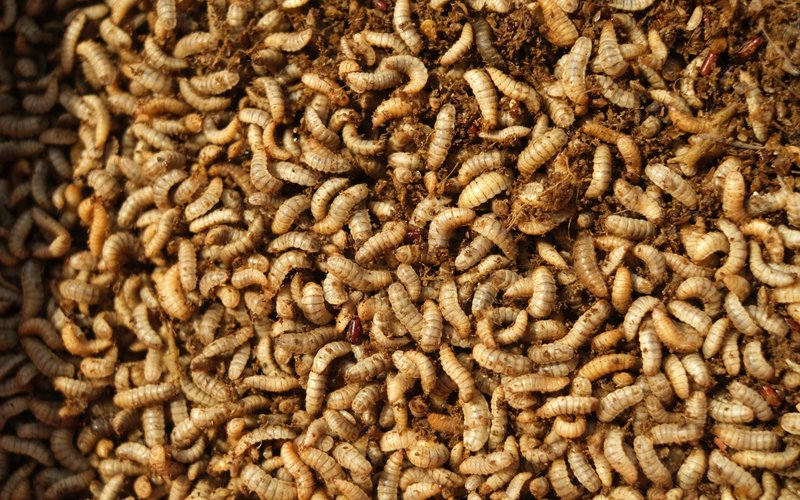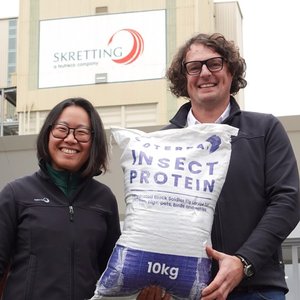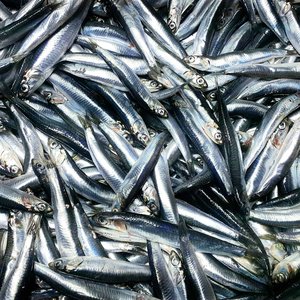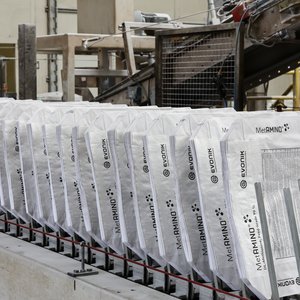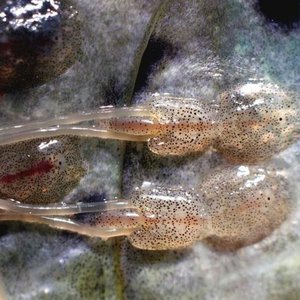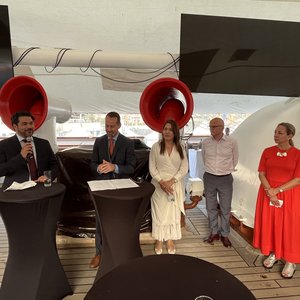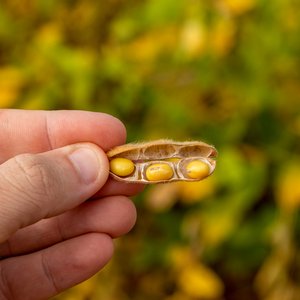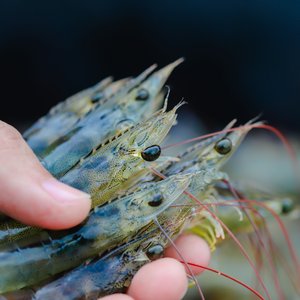Insect production generates different outputs that can be used in animal feed. These range from insect larvae, either alive or "treated" (e.g. dehydrated, freeze-dried), to insect meal (defatted or un-defatted) or oil. Dead (and treated) insect larvae present numerous advantages when used as feed for livestock production (e.g. feed complement) and/or for enticing properties (e.g. used as environmental enrichment in poultry husbandry for its similarity to invertebrates eaten naturally by such animals). These products have been proven to entail beneficial effects on the health and welfare of farmed animals, which contributed to the rapid emergence of this market in several EU countries.
The EU legislation (Regulation 1069/2009 on animal by-products, Regulation 767/2009 on the marketing of insects as feed) has not specifically stipulated the use of live insects in animal feed. Resultantly, certain EU member states interpreted the EU law in the sense that live insects were not permitted in animal feed. As this was not the case, nor was it in accordance with EU law, the European Commission’s Standing Committee on Plants, Animals, Food and Feed (PAFF Committee) clarified during a meeting held on February 16, 2024. The PAFF Committee discusses and votes on regulatory proposals from the Commission. It also discusses measures related to the implementation – across member states – of legislation that has already been adopted, and in this case – legislation related to animal feed.
Article M.05 of the PAFF Committee minutes from February 2024 reads:
“A delegation raised the issue of the requirements concerning the use of live insects as feed. It was clarified that live insects, considered as feed materials, may be legally used as feed in the EU, except for ruminants (restriction due to the feed ban laid out in the Article 7(1) of Regulation (EC) No 999/2002), within the general Union legislative framework for feed. This includes, in particular, compliance with the general safety and marketing requirements laid down in Article 4 of Regulation (EC) No 767/2009, to be examined by the competent control authorities on a case-by-case basis.”
This clarification recognizes that the use of live insects as animal feed in the EU is legal, except for ruminants.
To make things clearer, the International Platform of Insects for Food and Feed (IPIFF) prepared a detailed Guide on Good Hygiene Practices that translates the EU requirements for the use of insects as animal feeds into a practical, user-friendly guide. The guide breaks down current legislation visually on page 25:
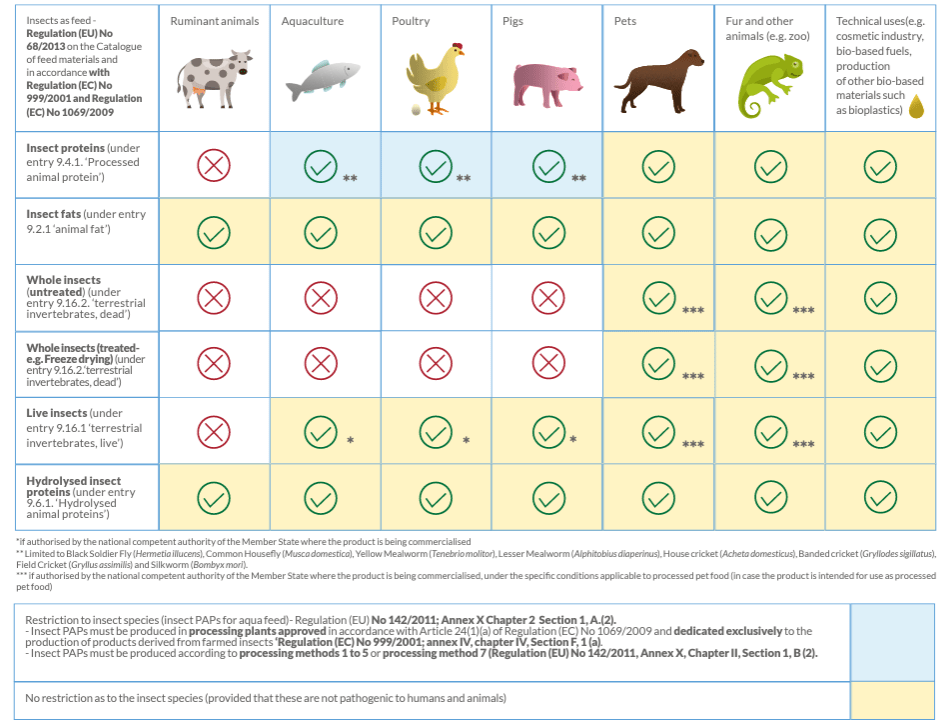
Source: Guide on Good Hygiene Practices
To summarize, feeding livestock – except for ruminants – with live insects is now EU law, and this is not a member state’s competence. Yet, member states’ authorities shall continue to ensure that operators comply with general safety and marketing requirements in accordance with applicable EU law.


